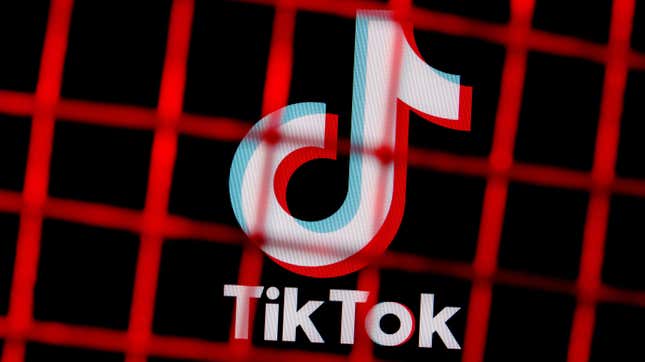
Image: Sergei Elagin (Shutterstock)
Although it might seem like the U.S. is the only country worried over Chinese ownership of TikTok, concerns about the ByteDance-owned app have quickly spread across the world. In just a few months, more than half a dozen countries have adopted full or partial bans of TikTok on government devices, putting even more pressure on the popular app to completely cut ties with its parent company in China.
The string of new bans began in December when Taiwan, ever on alert about China’s intentions, blocked government employees from using the app on official devices. That same month, the U.S. House of Representatives banned TikTok on devices used by members and staffers.
This year, TikTok bans in the halls of government have started popping up all over Europe, with the European Commission, the executive branch of the 27-country European Union, blocking its approximately 32,000 employees from using it. Ever the contrarian, the U.K. initially said it was leaving the choice up to individuals, but then changed its mind and banned TikTok, too.
Click through to see which countries have banned TikTok so far.

Photo: Annabelle Chih (Getty Images)
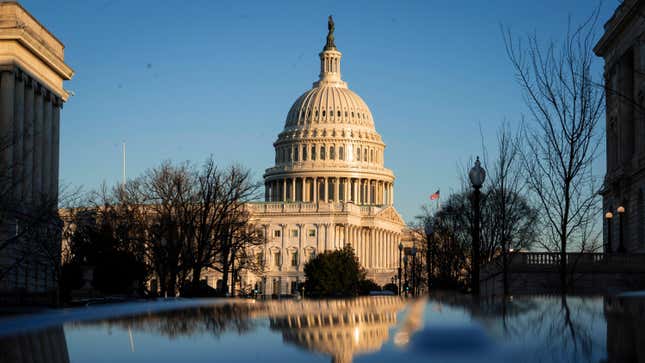
Photo: Sarah Silbiger (Getty Images)
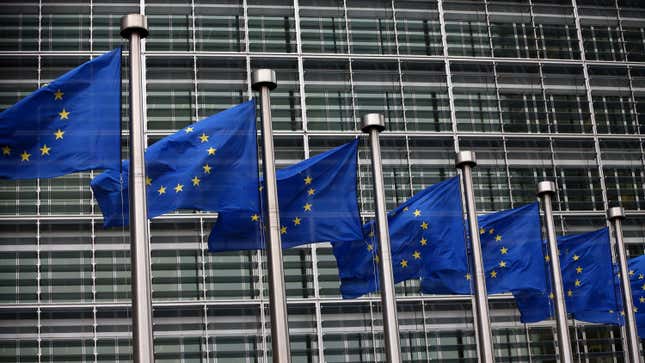
Photo: Carl Court (Getty Images)
The European Commission, the executive arm of the 27 countries in the European Union, banned its roughly 32,000 employees from using TikTok on government devices as well as on personal devices that use government apps and email.
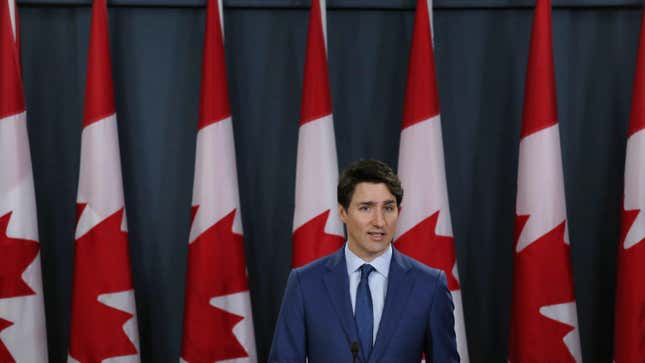
Photo: Dave Chan (Getty Images)
Canada banned TikTok from all government devices and did not rule out further action against the Chinese-owned app. Prime Minister Justin Trudeau said Canadians would likely “reflect” on what the government ban means for “the security of their own data and perhaps make choices.”
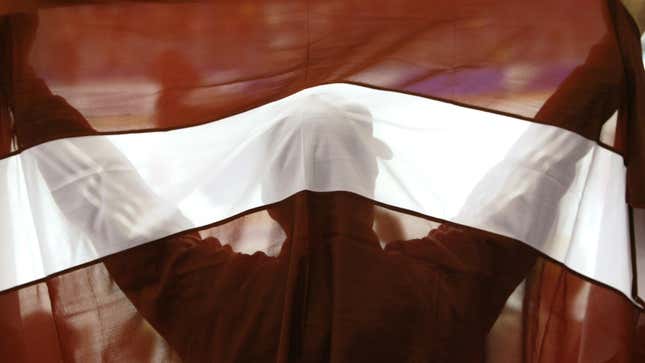
Photo: Brian Bahr (Getty Images)
In a Twitter post, Latvian Foreign Minister said that he had deleted TikTok on his phone and announced that the foreign ministry was now prohibited from using the app.

Photo: Andrew Redington (Getty Images)
After the Danish Center for Cyber Security determined that TikTok posed a risk a espionage, the country’s defense ministry banned the use of the app on its employees’ devices. Days later on March 10, Denmark’s public broadcaster, DR, also blocked TikTok on its workers’ phones.

Photo: Ronald Martinez (Getty Images)
Belgian Prime Minister Alexander de Croo bans TikTok on government devices, citing warnings from the country’s security service and cybersecurity center. In a statement, De Croo stated that Belgium could not be naive and pointed out that TikTok is obligated to cooperate with Chinese intelligence services.
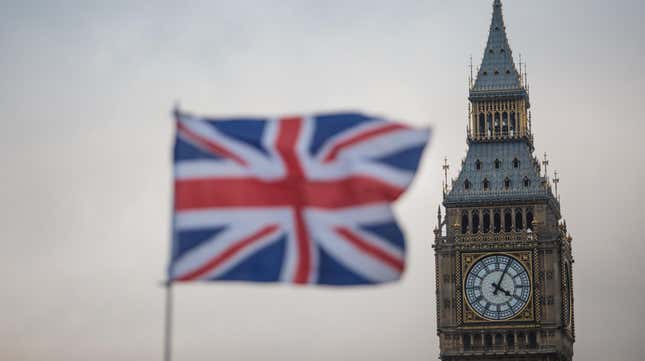
Photo: Jack Taylor (Getty Images)
The UK banned TikTok on government devices effective immediately after initially stating it wouldn’t follow other governments and leave the decision up to individual officials. Cabinet Office minister Oliver Dowden said the move was “proportionate” based on the “specific risk with government devices.

Photo: Hagen Hopkins (Getty Images)
The Parliament of New Zealand informed its members that TikTok would be banned on parliamentary devicesat the end of the month, stating that “the risks are not acceptable in the current New Zealand parliament environment.”


















 English (United States) ·
English (United States) ·